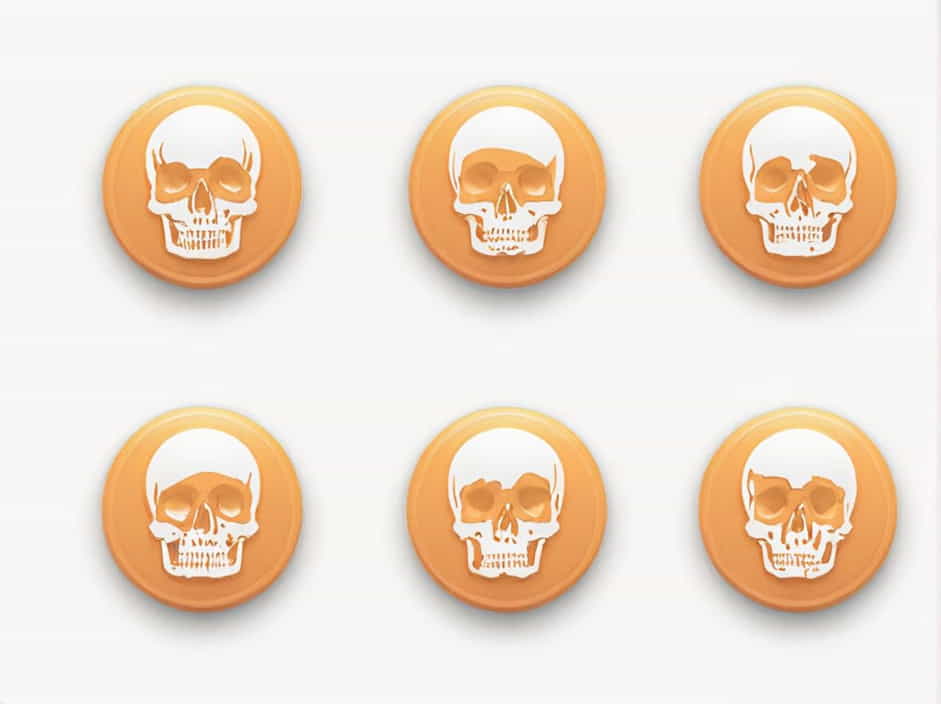The skeletal system is a vital structure that provides support, protection, and movement for the human body. It consists of bones, cartilage, ligaments, and joints, working together to maintain the body’s shape and function.
This topic explores the major parts of the skeletal system, their functions, and how they contribute to overall health.
Main Components of the Skeletal System
The skeletal system is made up of different parts, each with a specific role:
- Bones – The hard, rigid structures that form the body’s framework.
- Cartilage – A flexible connective tissue that cushions and supports joints.
- Ligaments – Tough fibers that connect bones and stabilize joints.
- Joints – The points where two or more bones meet, allowing movement.
Let’s take a closer look at each of these components.
1. Bones: The Framework of the Body
Types of Bones
Bones are classified into five main types based on their shape and function:
- Long Bones – Found in the arms and legs (e.g., femur, humerus), these bones support movement and bear weight.
- Short Bones – Located in the wrists and ankles (e.g., carpals, tarsals), these bones provide stability with minimal movement.
- Flat Bones – These bones, like the skull, ribs, and sternum, protect vital organs.
- Irregular Bones – Bones with complex shapes, such as the vertebrae and pelvis, support the body and protect internal organs.
- Sesamoid Bones – Small, round bones found in tendons, like the patella (kneecap), that reduce friction in joints.
Functions of Bones
Bones are not just for structure; they serve many important functions:
- Support – Provide a rigid framework that maintains body shape.
- Protection – Shield delicate organs like the brain, heart, and lungs.
- Movement – Work with muscles to produce motion.
- Blood Cell Production – Bone marrow produces red and white blood cells.
- Mineral Storage – Stores essential minerals like calcium and phosphorus.
2. Cartilage: The Cushioning Tissue
Cartilage is a strong yet flexible connective tissue found in various parts of the body. Unlike bones, cartilage does not contain blood vessels, so it heals more slowly.
Types of Cartilage
- Hyaline Cartilage – Found in the nose, trachea, and ends of long bones, it reduces friction and absorbs shock in joints.
- Elastic Cartilage – More flexible, found in the ear and epiglottis.
- Fibrocartilage – Tough and dense, found in intervertebral discs and knee joints, providing extra support.
Functions of Cartilage
- Provides a smooth surface for joint movement.
- Protects bones from wearing down.
- Shapes structures like the nose and ears.
3. Ligaments: Connecting Bones Together
Ligaments are strong, fibrous tissues that connect bones to other bones. They help stabilize joints and prevent excessive movement.
Functions of Ligaments
- Support Joints – Keep bones in proper alignment.
- Prevent Injury – Limit movement to avoid dislocations.
- Allow Flexibility – Provide controlled movement in joints.
Common ligaments include:
- Anterior Cruciate Ligament (ACL) – Stabilizes the knee joint.
- Achilles Tendon – Connects the calf muscles to the heel bone.
- Rotator Cuff Ligaments – Support shoulder movement.
4. Joints: Where Bones Meet
Joints are the connecting points between bones, allowing various types of movement.
Types of Joints
- Fixed Joints (Immovable Joints) – Found in the skull, these joints do not allow movement.
- Slightly Movable Joints – Found in the spine, they allow limited motion.
- Freely Movable Joints (Synovial Joints) – These joints provide a full range of motion, such as:
- Ball-and-Socket Joints – Shoulder and hip joints, allowing rotation.
- Hinge Joints – Elbow and knee joints, enabling bending and straightening.
- Pivot Joints – Neck joint, allowing side-to-side movement.
- Gliding Joints – Wrist and ankle joints, allowing sliding motions.
Functions of Joints
- Allow movement and flexibility.
- Connect bones together.
- Absorb shock and reduce wear.
Axial and Appendicular Skeleton: The Two Major Divisions
The human skeletal system is divided into two main sections:
1. Axial Skeleton (Central Framework)
The axial skeleton forms the core of the body and includes:
- Skull – Protects the brain and supports the face.
- Vertebral Column (Spine) – Supports the body and houses the spinal cord.
- Rib Cage – Protects the heart and lungs.
2. Appendicular Skeleton (Limb Support)
The appendicular skeleton consists of bones that support movement and mobility. It includes:
- Upper Limbs – Arms, wrists, and hands.
- Lower Limbs – Legs, ankles, and feet.
- Pelvic Girdle – Supports the lower body and connects the spine to the legs.
- Shoulder Girdle – Connects the arms to the torso.
Common Skeletal System Disorders
Several conditions can affect the skeletal system, including:
- Osteoporosis – A condition where bones become weak and brittle.
- Arthritis – Inflammation of joints, causing pain and stiffness.
- Fractures – Broken bones due to injury or stress.
- Scoliosis – An abnormal curvature of the spine.
How to Keep Your Skeletal System Healthy
To maintain strong and healthy bones and joints, follow these tips:
- Eat a Balanced Diet – Include calcium-rich foods like dairy, leafy greens, and nuts.
- Exercise Regularly – Weight-bearing exercises help strengthen bones.
- Maintain Good Posture – Reduces strain on the spine and joints.
- Avoid Smoking and Excessive Alcohol – Can weaken bones over time.
- Get Enough Vitamin D – Essential for calcium absorption and bone health.
The skeletal system is essential for support, protection, and movement. It consists of bones, cartilage, ligaments, and joints, each playing a crucial role in keeping the body stable and functional. Understanding these components helps us appreciate how the body moves and functions daily.
By taking care of our bones and joints through proper nutrition, exercise, and healthy habits, we can maintain a strong skeletal system throughout life.
